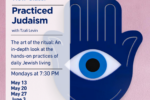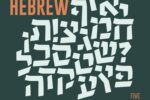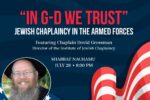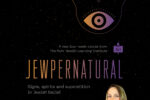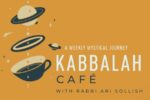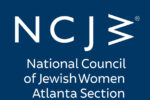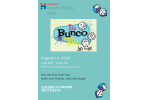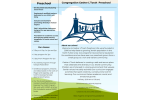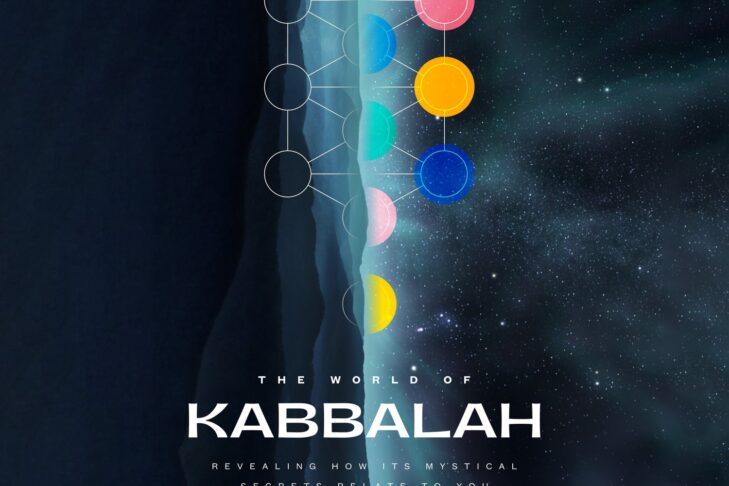
Revealing how its Mystical Secrets Relate to You
A Thrilling New Six-Part Series
Evening and Afternoon classes available
What is Kabbalah? What are its core concepts? How do they apply in real life?
Many Jews searching for spirituality are intrigued by Kabbalah. They wonder if the centuries-old esoteric study can illuminate some of their ontological questions or contemplative thoughts.
The cryptic language in the formative works of Kabbalah makes its secrets nearly indecipherable to the uninitiated. The World of Kabbalah, a six-week adult education course, introduces key terms and concepts to open the door to study further.
The course will initiate participants to the seder hishtalshelut—the Kabbalistic chain of worlds that bridge the initial Divine creative impulse with the material world, from the infinity of Ein Sof, through the process of tzimtzum, constriction, to the ten Divine emanations, or sefirot. The course will introduce the chaos of the worlds of Tohu and their reparation, tikkun, and finally, Atzmut, essence, as discussed in Chasidut.
LESSON 1 The Evolution of Ego
We begin the course with an introduction to the spiritual chain, hishtalshelut of the four olamot, worlds, that enables an imperfect and diverse material world to emerge from a perfect Divine will, a system the Kabbalist, Moshe Alshich, compares to “a ladder.”
We outline the seminal work of Kabbalah, the Zohar’s description of the three lower worlds—Asiyah, Yetzirah, and Beriyah—and, drawing on later Kabbalistic interpretations, the gradual development of yeshut, self-consciousness, that orders these realms. We examine the gradations of unio mystica experiences, which correspond variously to the three worlds.
LESSON 2 The Dawn of Limitation
In Lesson Two, we are initiated into the ten sefirot, Divine emanations. We survey Kabbalah’s concept of the sefirot that reconciles biblical depictions of Divine attributes or emotions with the philosophical conviction that G-d transcends definition.
We explore the description of the sefirot in Tikunei Hazohar, and the mystic Moshe Cordevero’s etymological association of sefirah with numerical limitation. We review Meir ibn Gabai’s assertion that articulation in defined Divine attributes is a feature of G-d’s perfection, not a compromise.
We introduce the sefirotic tree, a diagram depicting the ten sefirot of Atzilut and their three columns. We explore the symbols, creatures, and rituals that Kabbalah associates with the sefirot and these traits’ embodiment in the varieties of human experience.
LESSON 3 The Infinite Light:
Lesson three journeys beyond the form of the four olamot, to explore Kabbalah’s concept of Divine transcendence, Ein Sof. We introduce the Or Ein Sof with a well-known passage in Chaim Vital’s Etz Chaim describing the original “simple Divine light.” We examine the use of light as a metaphor for Divinity, contrasting it to the metaphor of “flow” commonly employed in other Kabbalistic contexts.
We consider the Zohar’s description of G-d as simultaneously transcendent, sovev kol almin, and immanent, memalei kol almin. This concept is alluded to in the seraphim’s prayer “Holy, Holy, Holy,” as described in the prophet Isaiah’s vision, an example of the influence of Kabbalistic thought on Jewish liturgy.
LESSON 4 The World of Chaos:
The fourth lesson introduces the Kabbalistic depiction of the chaotic world of Tohu, the primeval shattering of consciousness, and its attribution to the human experience of inner conflict.
We explore the Kabbalistic dynamic of orot and keilim, lights and vessels, as predispositions to transcendence and embodiment; how the shattering of Tohu originates in the vacuum of purpose in orot and keilim.
And then, tikkun, a process of cosmic repair that is Tohu’s purpose. We consider the Etz Chaim’s assertion that man’s mission is to repair and elevate the world and how this idea fueled the ideology of early Chasidism, such as the Me’or Einayim’s articulation of the value of “holy service” and Chabad philosophy’s emphasis on transforming the nefesh habehamit, man’s “animal” soul.
LESSON 5 The Great Concealment:
Lesson five explores the central Lurianic doctrine of tzimtzum. We study Chaim Vital’s mysterious depiction of the vacuum tzimtzum creates, enabling the emergence of the kav, ray, and a transition to finite reality.
Addressing the controversy around tzimtzum, we consider the view of Yosef Irgas in Shomer Emunim, who asserts that the tzimtzum is not literal, and early Hasidic masters view tzimtzum as allegorical.
We further explore the recurrence of the tzimtzum process throughout the chain of worlds, most notably Etz Chaim’s description of the “dividing curtain” between Atzilut and Beriyah, and discuss a contemporary interpretation of tzimtzum as a healthy dynamic in relationships.
LESSON 6 The Essence
On the foundation of the previous lessons’ exploration of hishtalshelut, we discuss Atzmut, the Divine essence that transcends the qualities attributed to the Or Ein Sof. We examine Atzmut’s lack of definition as aligning with the Jewish philosophical conviction that G-d can possess no defined qualities. We explore how G-d’s transcendence of moral categories corresponds to the human quality of free choice.
We study the Sefer Yetzirah’s formula that “the end is wedged in the beginning,” and see how it feeds the Hasidic philosophy, as articulated in Tanya, that the ultimate purpose is in tikkun olam and cultivating Asiyah into a G-dly abode.
730 Ponce De Leon Pl NE
Atlanta, GA 30306




